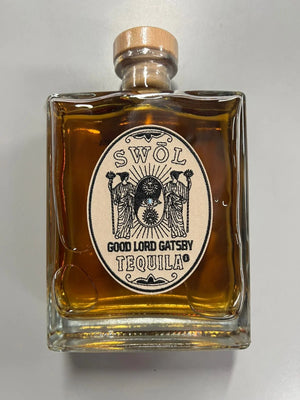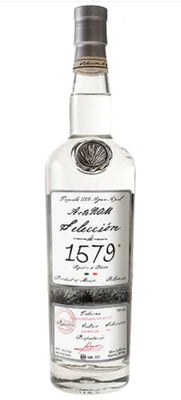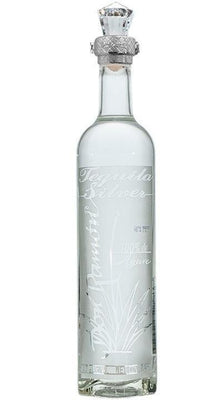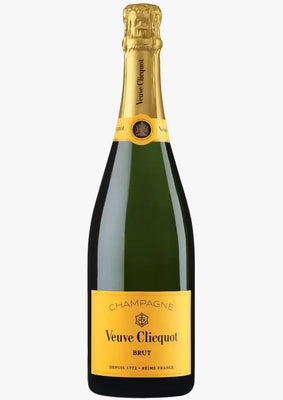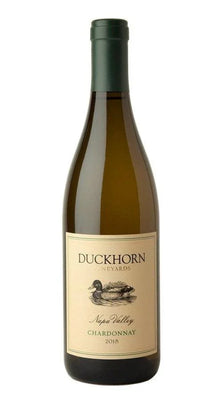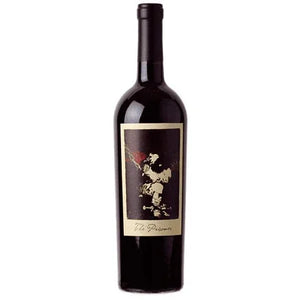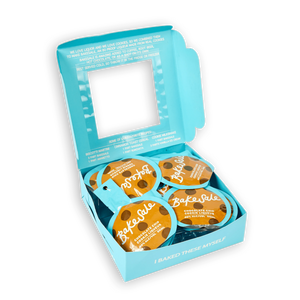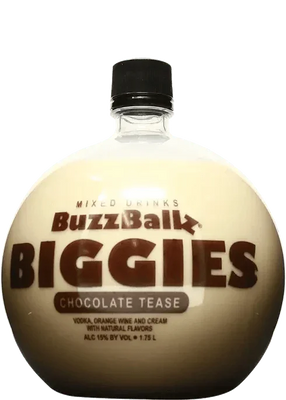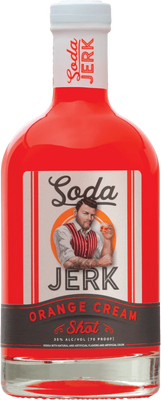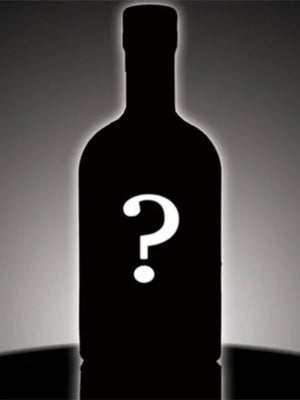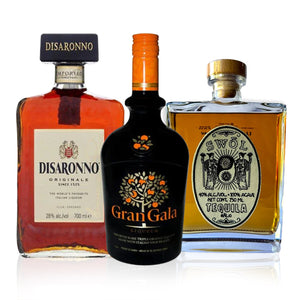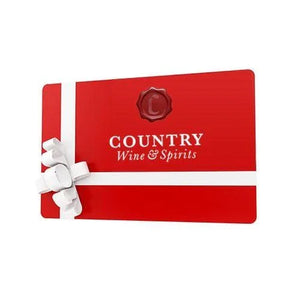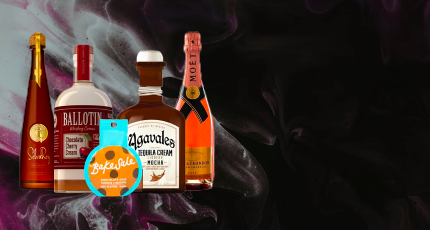There is nothing quite like the thrill of popping a bottle with a familiar pop and watching fine bubbles dance to the surface. Songs were literally written about popping bottles for good reason!
Yet, amid all that effervescence, many of us wonder… Is sparkling wine champagne? The answer is no. In this little read, we go over what those key differences are. We’ll go over geography, grape varieties, production methods, aging requirements, taste profiles, and even pricing.
Whether you are planning a dinner party, hunting for the best bubbly birthday gift or simply looking to elevate your everyday glass, you’ll soon know exactly which sparkle suits your moment.
Defining the Bubbles: Champagne vs Sparkling Wine
Geography
The simplest distinction lies in geography and appellation law (aka its naming convention). Only vins produced inside a 34,000-hectare region northeast of Paris may legally carry the name champagne. That’s why champagne is called that - from the Champagne region of France.
Let’s put it this way. All champagne is technically sparkling wine, but sparkling wine can’t be called champagne. Prosecco from Italy’s Veneto, Cava from Spain’s Penedès, Sekt from Germany, Crémant from other French regions and countless innovative releases from California, Australia, and beyond… These are all called sparkling wines and not champagne.
Grape Varieties

The easiest way to understand grape varieties without it being too… much is if we start with what types are needed to make champagne. Pinot Noir, Chardonnay, and Pinot Meunier are the three grape varieties used to make champagne. Yes, those are grape varieties and not just fancy-shmancy bottle names.
Sparkling wine outside Champagne has more freedom. Prosecco’s Glera grape yields primary notes of white peach, green apple and honeysuckle. Cava’s traditional trio produces citrus, almond and orchard fruit flavors with a roasty edge from lees aging. Crémant wineries use Chardonnay or Pinot Noir plus regional grapes such as Chenin Blanc (in the Loire), Pinot Blanc and even local reds in rosé blends. That flexibility allows blank pages of flavor profiles for winemakers around the globe.
Production Methods
In the case of champagne vs sparkling wine, the production method is a major factor. True champagne is crafted using the Méthode Champenoise. Also known as the traditional or méthode traditionnelle, which utilizes a secondary fermentation within the bottle after its primary fermentation.
Global sparklers may use this same bottle method, but many opt for alternatives. Some entry-level sparklers even use direct carbonation, injecting carbon dioxide into the wine like soda, a quick method that delivers lively fizz at a bargain price.
The production method is really interesting, and this is a topic that we’ll dive into in the future. That’s why you should check back often!
Aging Requirements

Aging rules add another layer to the question of difference between sparkling wine and champagne. Champagne’s regulations mandate at least 15 months on the lees for NV (non-vintage) and a minimum of three years for a vintage release. There are even others that age much longer. Like five, ten… or even several decades!
On the other hand, sparkling wine often has shorter aging requirements. Non-vintage Cava must age for at least nine months, with “Reserva” and “Gran Reserva” bottles calling for 18 to 30 months of aging. Prosecco itself isn’t meant for aging and is best enjoyed sooner rather than later, or else it loses its crispness and acidity. Understanding these timing differences helps you anticipate complexity and price.
Flavor and Texture Differences
Probably the most important factor for many of us is how the drink tastes. Of course it is! Champagne often presents a weightless yet creamy mousse, with notes of lemon zest, green apple, toasted brioche, almond and a delicate mineral edge (even chalky or chalk-dust hints from its terroir). The finest Champagnes balance intense freshness with richness, inviting multiple sips.
Sparkling wine styles outside Champagne can skew fruit-forward, floral or lightly spiced. Prosecco’s frothy bubbles and large perlage carry bright orchard fruits and white blossoms. Cava’s more restrained bead reveals lemon curd, green almond and subtle toast. Sekt showcases stone fruit, honey, and high acidity, while Crémant straddles Champagne’s elegance and regional character. Bubble size and persistence play a role, too. Tank-fermented ones often have coarser froth, while bottle-fermented wines feature finer, longer-lasting perlage (aka the streams of bubbles that form in sparkling wine).
Price
Cost often influences the sparkling wine vs champagne choice. Champagne commands a premium due to limited appellation size, labor-intensive methods, long aging and global prestige. A reliable NV Champagne may be friendlier on the pocket, but vintage and prestige cuvées may reach the hundreds or thousands per bottle.

In contrast, many excellent sparkling wines cost a fraction! That’s why we’d recommend sparkling wine for casual gatherings or budget-minded toasts. For once-in-a-lifetime milestones or ultimate indulgence, champagne remains the gold standard.
Getting a higher-priced bottle won’t guarantee that a person enjoys it. Everyone has different tastes and preferences. Top that with the nuances each bottle might present.
Check Out - A Guide to Choosing Perfect Champagne
Raise a Glass to Both!
When it comes to champagne vs sparkling wine, there is room for both. Always. Sparkling wine may be more accessible and shareable at general occasions. Champagne remains a luxury, a treasure to be sipped.
So raise a glass, savor each tiny pearl of effervescence and let your own unforgettable moments begin with Country Wine & Spirits!


